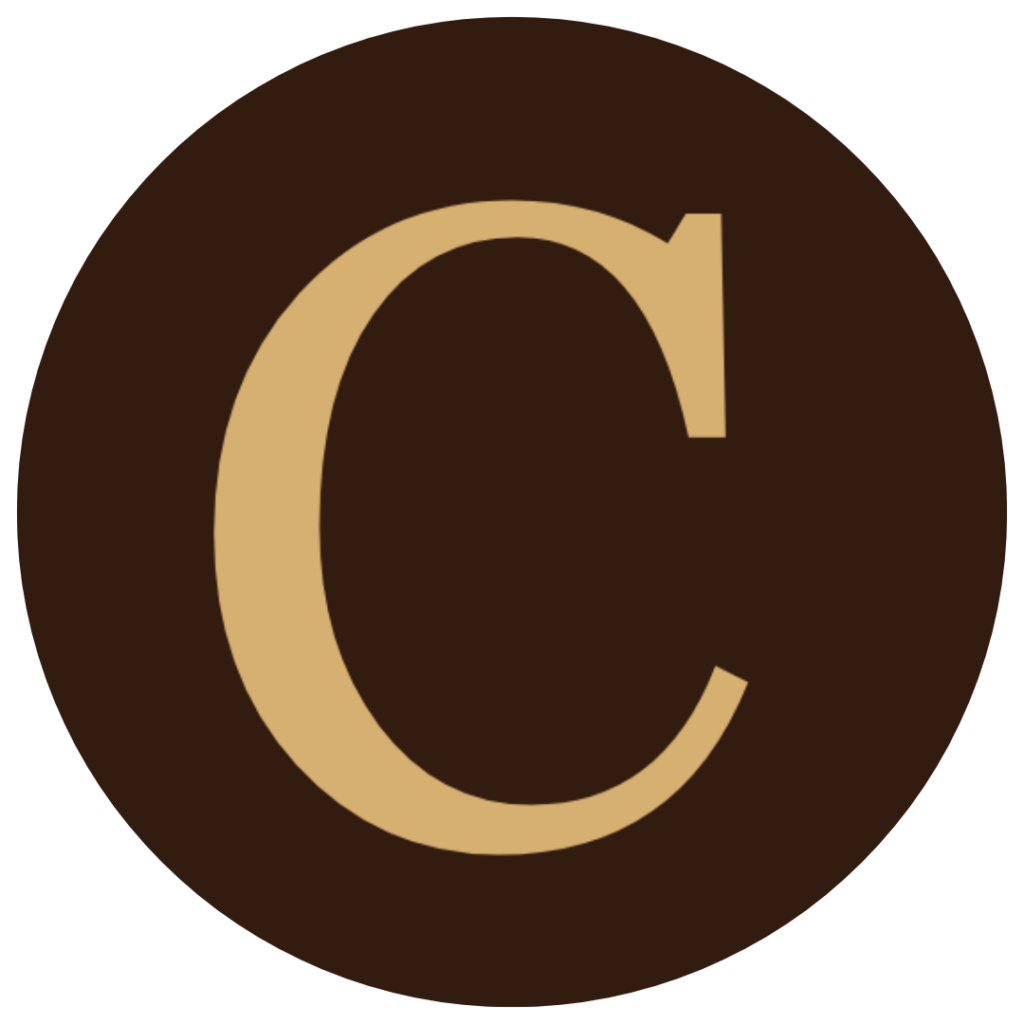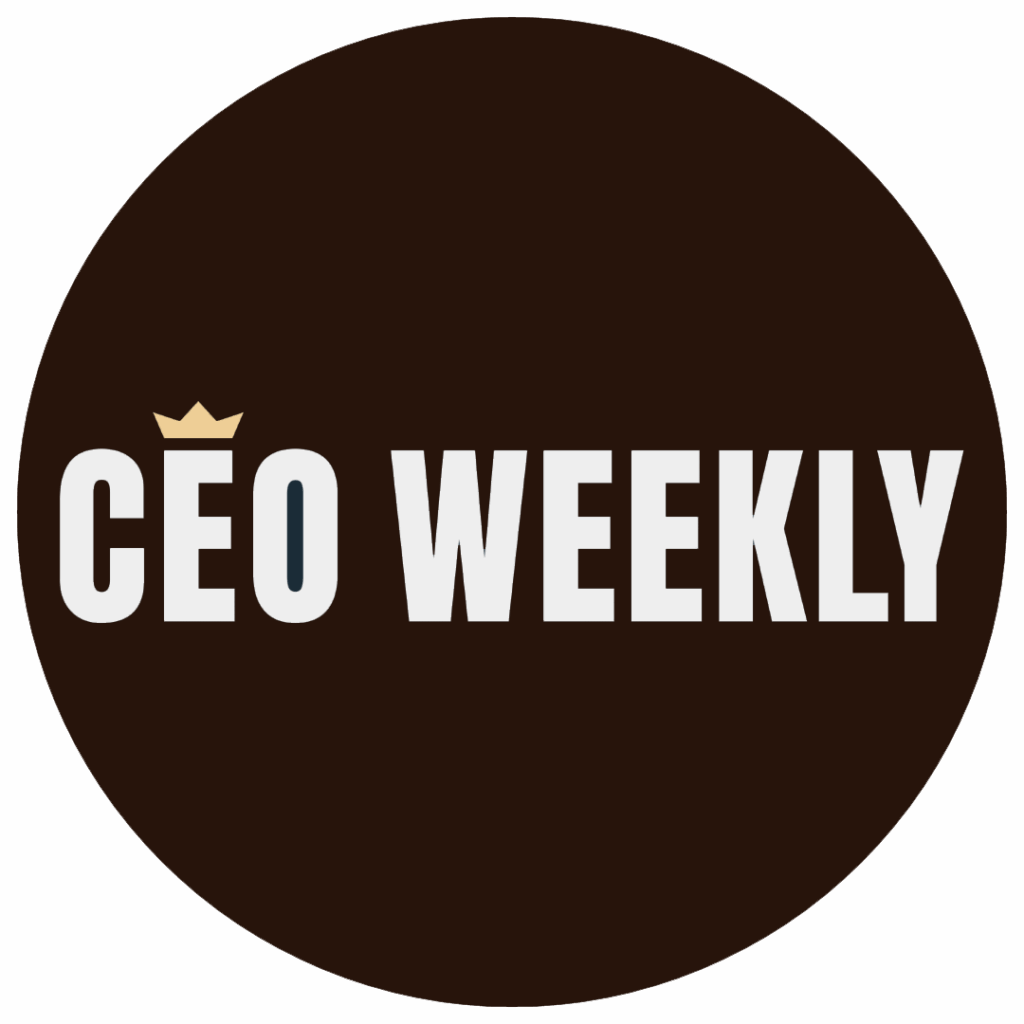Leadership has undergone a significant transformation in recent years. Traditionally, executives were seen as figures of authority whose decisions were dictated through command and control. This approach, while effective in certain contexts, is increasingly being replaced by a more collaborative, inclusive style of leadership. In today’s business environment, particularly with the rise of hybrid teams, influence has become more valuable than strict control. Leaders are now tasked with fostering cooperation, trust, and engagement rather than merely issuing directives. Understanding this shift is key to adapting to the evolving expectations of leadership in the modern workplace.
The Changing Nature of Leadership

For decades, the dominant leadership model in many organizations was based on the “command and control” framework. In this structure, executives were at the top of the hierarchy, and their word was law. The focus was on maintaining order, ensuring productivity, and enforcing policies. While this method worked in more traditional office settings, the dynamic has shifted as new work environments have emerged, especially in hybrid and remote work scenarios.
The rise of digital communication tools, collaborative platforms, and more flexible work arrangements has changed the way teams function. Today’s teams are often dispersed across locations and time zones, making it impossible for leaders to exert the same level of direct control they once did. As a result, the approach to leadership has evolved to emphasize influence, collaboration, and adaptability.
Influence Over Control: Key Elements of Modern Leadership
In modern leadership, the idea of influence over control is not just about reducing the authority of executives; it’s about recognizing the value of empowering employees and fostering a culture of trust and autonomy. Here are the key elements that characterize this shift:
-
Empathy and Emotional Intelligence
Modern leaders understand that their role is to inspire and motivate, not to micromanage. Empathy and emotional intelligence have become essential qualities for leaders, as they need to understand the challenges and motivations of their teams. This means actively listening to employees, acknowledging their feelings, and responding to their needs. In hybrid teams, where personal interactions are limited, showing empathy becomes even more crucial to maintaining strong team dynamics. -
Collaboration and Shared Goals
Collaboration has moved to the forefront of leadership strategies. Instead of directing employees from the top down, leaders now focus on creating an environment where collaboration thrives. This includes setting shared goals, encouraging open communication, and facilitating teamwork, even when team members are working in different locations. The goal is to foster a sense of shared ownership and accountability, where everyone feels like they’re contributing to the team’s success. -
Transparency and Open Communication
One of the greatest challenges of hybrid teams is maintaining clear and consistent communication. In a command-driven culture, leaders might rely on formal, top-down communication channels. However, in modern leadership, transparency is key. Executives and managers work to ensure that information flows freely throughout the organization, breaking down silos and preventing misunderstandings. They encourage open dialogue and feedback, creating a culture where everyone feels informed and involved. -
Flexibility and Adaptability
Hybrid teams require leaders to be flexible and adaptable in their approach. The shift from control to collaboration means leaders must adjust their strategies to suit the unique needs of remote or hybrid workforces. This includes being open to new tools, communication platforms, and ways of working. The goal is not to impose rigid structures but to provide teams with the autonomy to determine the best ways to collaborate and succeed, all while ensuring that they remain aligned with the organization’s goals. -
Empowering Decision-Making
In a command-and-control system, decisions were often made at the top and handed down to employees. Modern leadership flips this model by empowering employees at all levels to contribute to decision-making processes. Leaders still provide guidance and vision, but they trust their teams to make decisions based on their expertise and knowledge. This creates a more dynamic, engaged workforce and leads to better innovation, as employees feel more ownership over the outcomes.
Hybrid Teams: A New Leadership Challenge

The rise of hybrid workforces – where employees split their time between remote and in-office work – has made this shift in leadership styles even more pronounced. In traditional office settings, face-to-face interactions provided leaders with a more direct form of control. However, with teams working remotely, leaders cannot rely on physical proximity to oversee work or ensure compliance. Instead, they must find new ways to inspire, guide, and influence their teams.
Hybrid teams require leaders who can strike a balance between providing structure and giving employees the freedom to manage their own work. This means adapting leadership styles to different personalities, work styles, and work environments. In a hybrid model, collaboration becomes an even more critical component, as teams need to coordinate effectively despite being spread across different locations.
Additionally, hybrid leadership demands a deep understanding of technology. Leaders must embrace digital tools that help manage remote work, foster collaboration, and facilitate communication. These tools include project management platforms, video conferencing software, and instant messaging services, which allow hybrid teams to stay connected and productive regardless of their location. Leaders need to be comfortable with these tools, but they also need to encourage their teams to take ownership of their own productivity.
Moving Beyond Authority: Leadership in the Future
As the workplace continues to evolve, the concept of leadership will likely continue to change as well. The shift from command to collaboration is just one example of how modern executives must rethink their roles. Leaders must move away from the traditional view of leadership as a position of control and embrace their roles as facilitators, mentors, and influencers.
Looking ahead, the key to successful leadership will lie in the ability to build trust, communicate effectively, and empower employees to take initiative. With hybrid teams becoming more common, this shift in leadership style will only continue to grow in importance. As the lines between work and personal life blur, executives will need to prioritize not just productivity but also employee well-being, engagement, and professional development.
The shift from command to collaboration marks a significant change in how executives lead their teams. In the modern workplace, especially with hybrid teams, leadership is no longer about exerting control but about fostering trust, collaboration, and empowerment. Leaders who understand the value of influence over authority are better equipped to navigate the complexities of today’s business environment and ensure the success of their teams.








